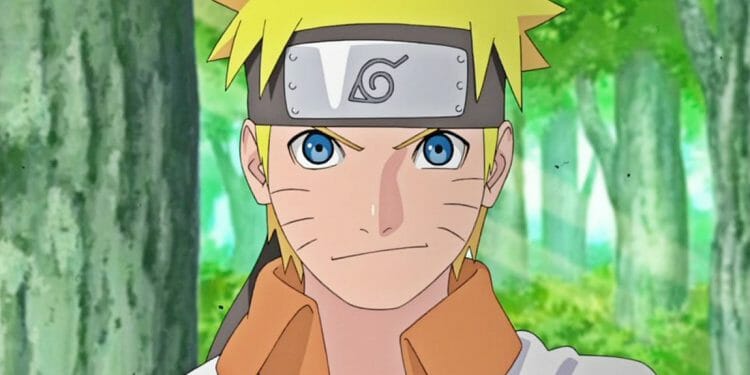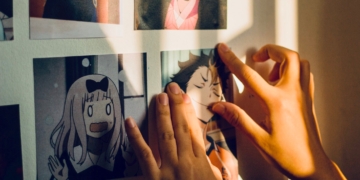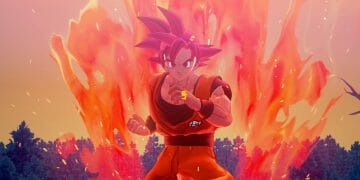Naruto has whisker marks on his face, and it might be more than just a stylistic choice to make him unique. There is more to his whiskers than one may think.
Table of Contents
ToggleWho Is Naruto?
Naruto Uzumaki is the protagonist of the famous Manga series Naruto. He is a ninja who came from the village of Konohagakure. He is an optimistic, carefree person and very friendly.
He aspires to become the leader of the Uzumaki clan of his village so that he may win their approval, but the villagers despise him because the nine-tailed demon fox resides within him. Besides the life-altering ninjutsu, Naruto Uzumaki acquired something else too from Kurama.
Naruto Uzumaki’s Appearance
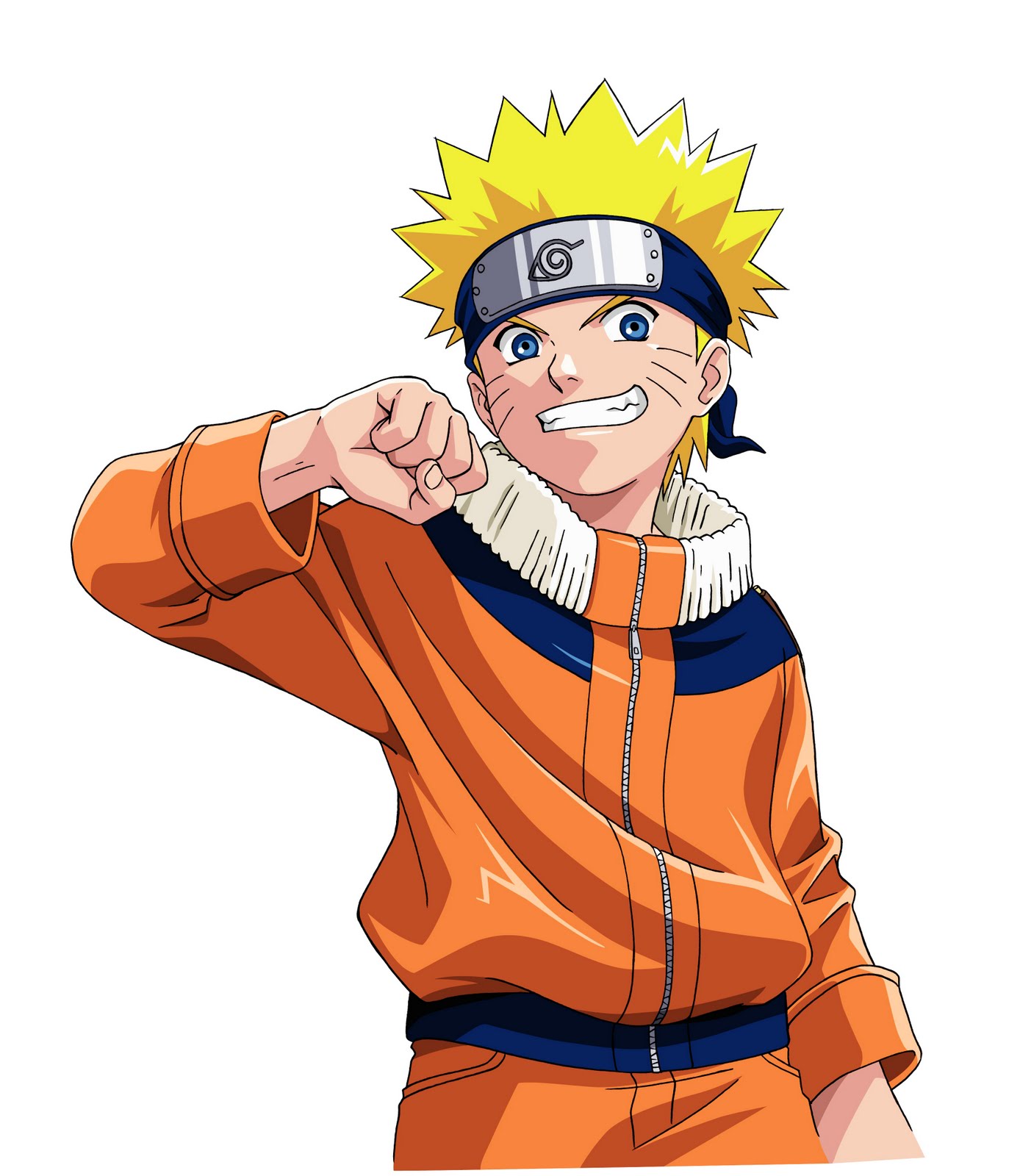
Naruto Uzumaki’s appearance is quite recognizable. He wears a headband that has a leaf symbol on it (representing his village). In addition, the spiky-haired ninja dons an orange, bright jumpsuit with a design of a red spiral on the back, and his Zori sandals finish his look.
However, the most distinguishing characteristic of his appearance is the whisker-like markings on his face.
How Did Naruto Get The Whiskers?
Naruto is a very respected ninja now, but that was not always the case, as his trademark whiskers likely helped contribute to that. Naruto came into the ninja world with his unique facial whiskers from birth because of Kurama the Nine-Tailed Fox being sealed into the Naruto, credit to Uzumaki’s father and the former Fourth Homage of the ninja’s home village of Minato Namikaze.
Even though Minato prevented the destruction of the Leaf Village, the indelible whiskers covered his face. They gave Naruto a fox appearance that would act as a constant reminder for both Naruto and the village of the beast sealed within him. The face whiskers do not amplify Naruto’s abilities or detect chakra. Instead, they act as a symbol of the potential danger he can pose.
Why Does Naruto Have Whiskers On His Face?
Naruto’s whiskers may look very cool, but they have their mystery. Fandom speculates that the whiskers are a cool and unique design, but maybe there is a better in-universe explanation for their existence. Unfortunately, such an answer does not suffice for the fans.
Neither the manga nor the creator of the character has clarified the reason for the existence of actual whiskers on Naruto’s cheeks. However, here are some popular fan theories and explanations for why Naruto has whiskers on his face.
1. Design Choice
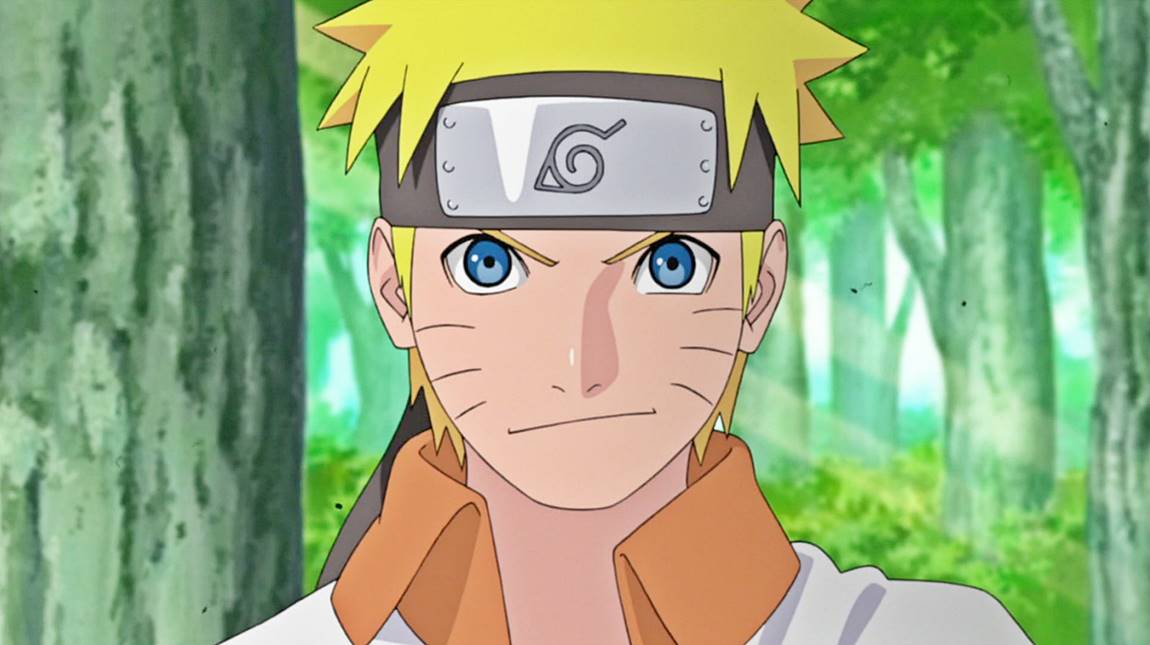
The most obvious answer to Naruto’s whiskers is that they may be a design choice. The show’s creator, Masashi Kishimoto, wanted Naruto to look similar to a fox who had acquired a human form. This is the first and simplest answer.
The whiskers appear as black lines because of manga. In comics and manga, black lines are the best way to portray the relatively subtle markings in real life. Since the show is only an adaptation of the manga, the characters are shown as they were made in the manga.
An alternative could be to shade Naruto’s skin and then add white lines on his cheeks, but that would require more effort and could become complex.
2. Naruto’s Animalistic Quality
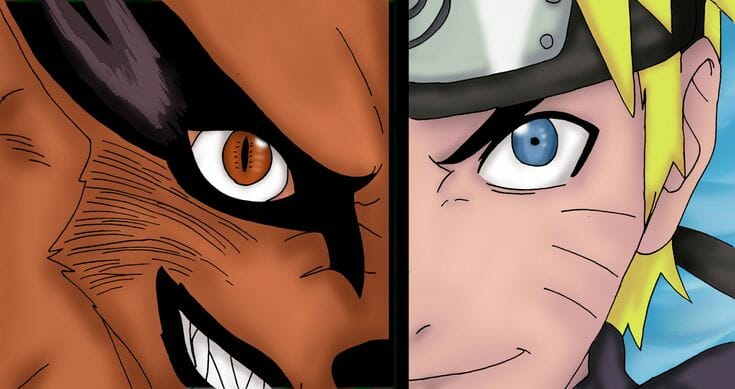
Though Naruto is a ninja first and foremost, his relationship with the mystical Nine-Tailed Fox is also a feral quality to the character. The show’s original plot revealed that the boy’s true form is that of a fox.
The early chapters of the manga also suggest that Naruto might be the human form of the nine-tailed fox. If literally or metaphorically, this is true, then it becomes apparent by the whiskers on the ninja’s face.
Related: 20 Best Female Naruto Characters Ever Made, Ranked
3. Connection to Kurama
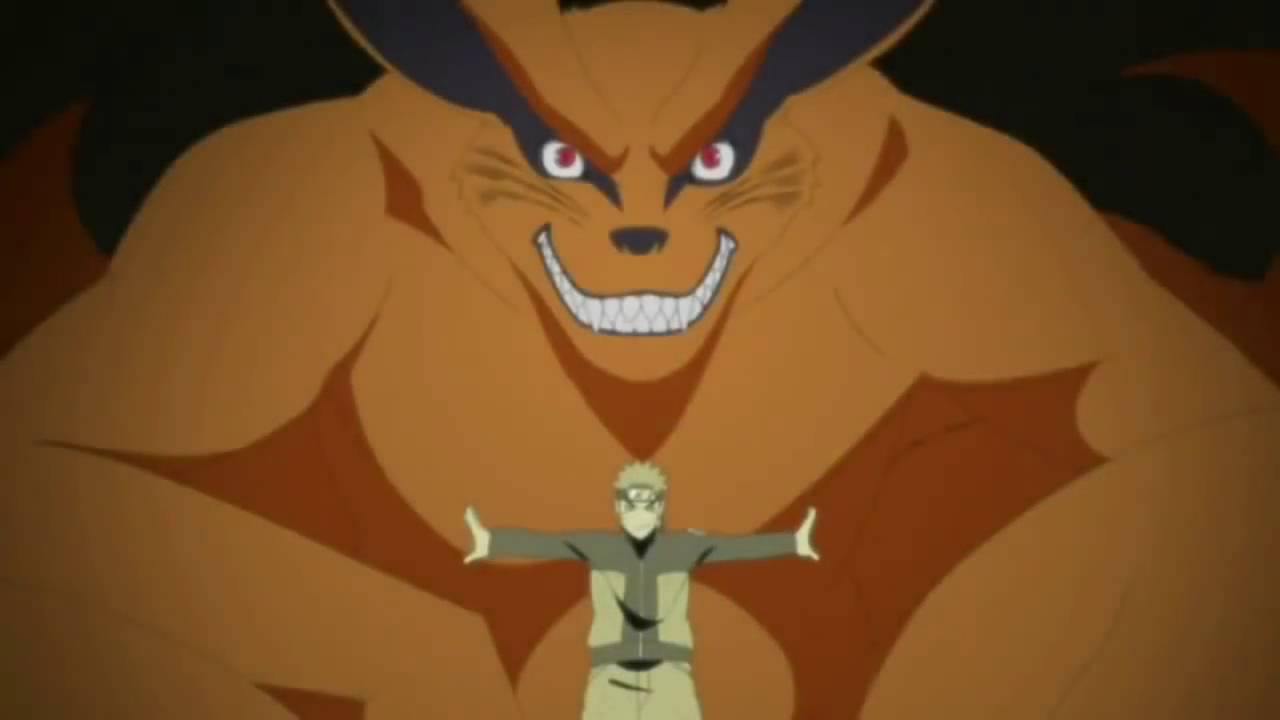
The whiskers may be a design choice, but not all fans are satisfied with this answer. So they make their conclusions and look for other answers by researching the plot thoroughly to know why Naruto has whiskers. For example, the whiskers appear like a distinctive trait, but they are not just exclusive to Naruto.
They also appear on the faces of Ginkaku and Kinkaku. They acquired some of the Nine-Tails’ chakra by eating its flesh. This means that the whisker marks may be unique to individuals who have a connection to Kurama.
This particular theory about the whiskers is proved by how their appearance changes when the Nine-Tails’ chakra is used, as his powers are primarily drawn from it. When Naruto used it for the first time, his whiskers covered more of his cheeks and became more readily apparent.
Furthermore, explicit markings appear on his face over his whiskers whenever he reaches higher levels of his Nine-Tails Chakra Mode. This proves that the whiskers on his face are due to the Nine-Tails.
4. Drawbacks of the Theory
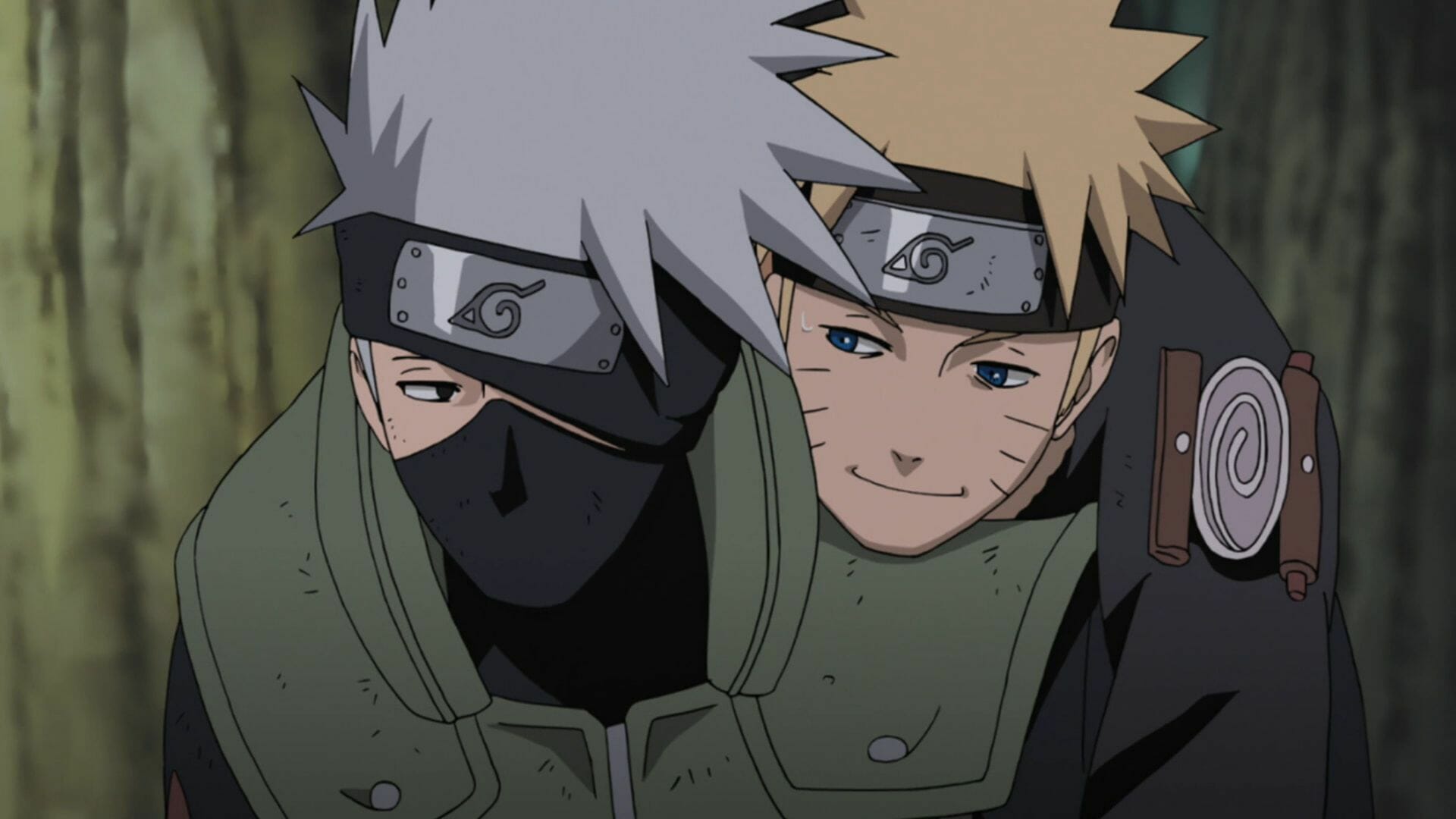
This theory is not foolproof. It is possible that Kurama’s essence gives people whiskers, but there are a few points to debate in theory. There are some loopholes in it. Firstly, Naruto was apparently born with his whiskers before the Fox demon was ever put into him.
Secondly, Naruto’s mother, Kushina, was once a Nine-Tails jinchuriki, but her face does not have any markings. Besides, Naruto’s children also have whisker patterns on their faces even though they are free from Kurama’s influence.
5. Birthmark
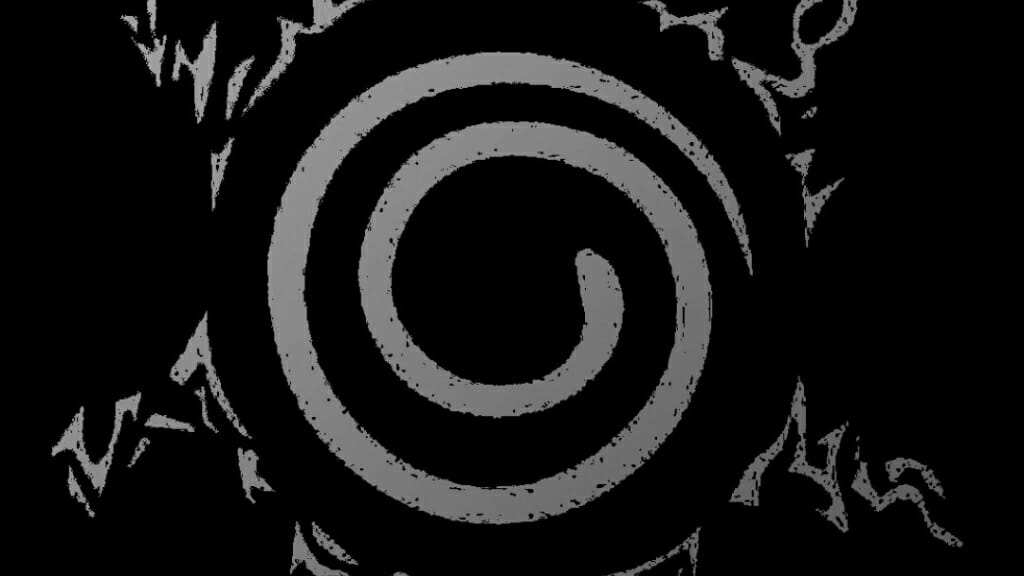
Another possibility is that Naruto’s whiskers are a kind of birthmark. This rules out the problem that he got his whiskers before being imbued with Kurama’s chakra.
It is true that the shape and the appearance of the marks would have been a little more arranged, but birthmarks usually come in a lot of shapes, sizes, and shades to support the scope of this theory.
Related: The Best Moments Of Naruto & Hinata Relationship
6. Genetic Inheritance
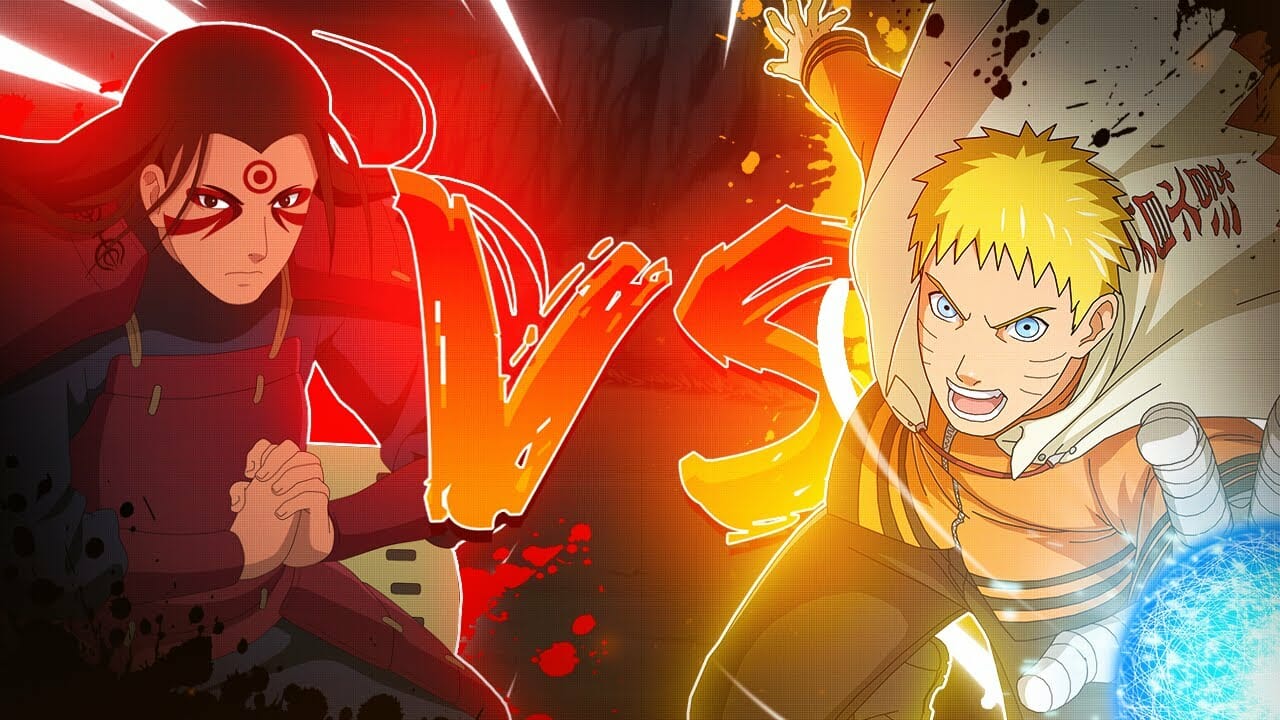
A different possibility might be that the whisker’s markings appear in the womb of someone with a Kurama’s chakra. So, it is possible that Naruto might have got his animal mustache while he was in Kushina’s womb, a previous Jinchuriki. This might have made both Naruto and his children have whiskers.
Hinata is not a Jinchuriki, but she did have Fox chakra imbued in her during the Fourth Great Ninja War. Hence, it is possible that some residual chakra and its influence might have given six foxlike whiskers to Boruto and Himawari. However, this still doesn’t prove the whiskers of Kinkaku and Ginkaku, so it’s also debatable.
